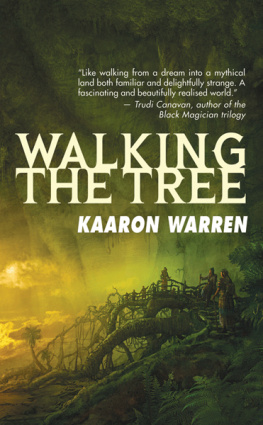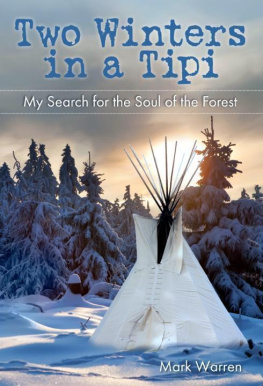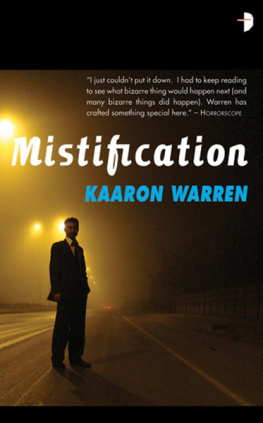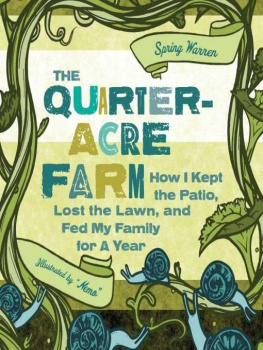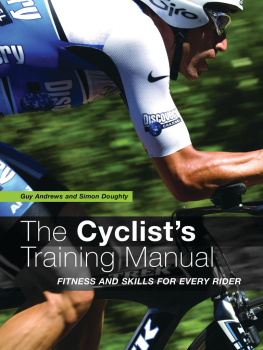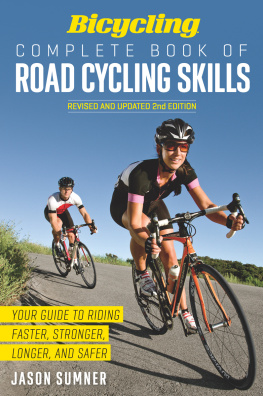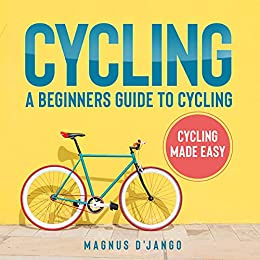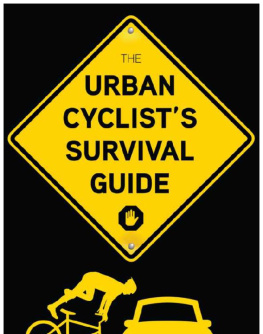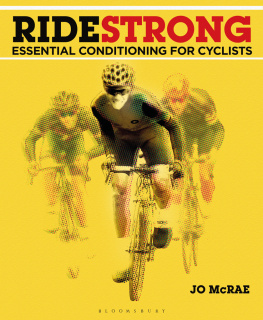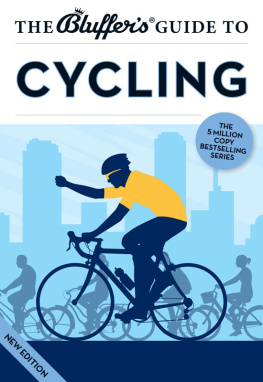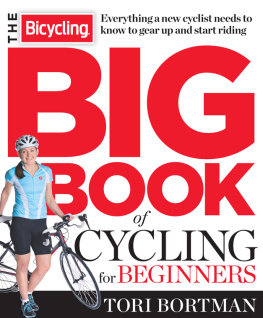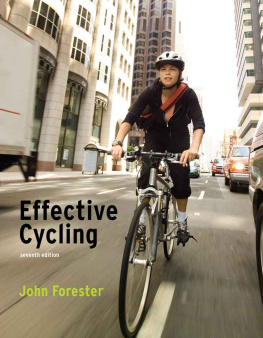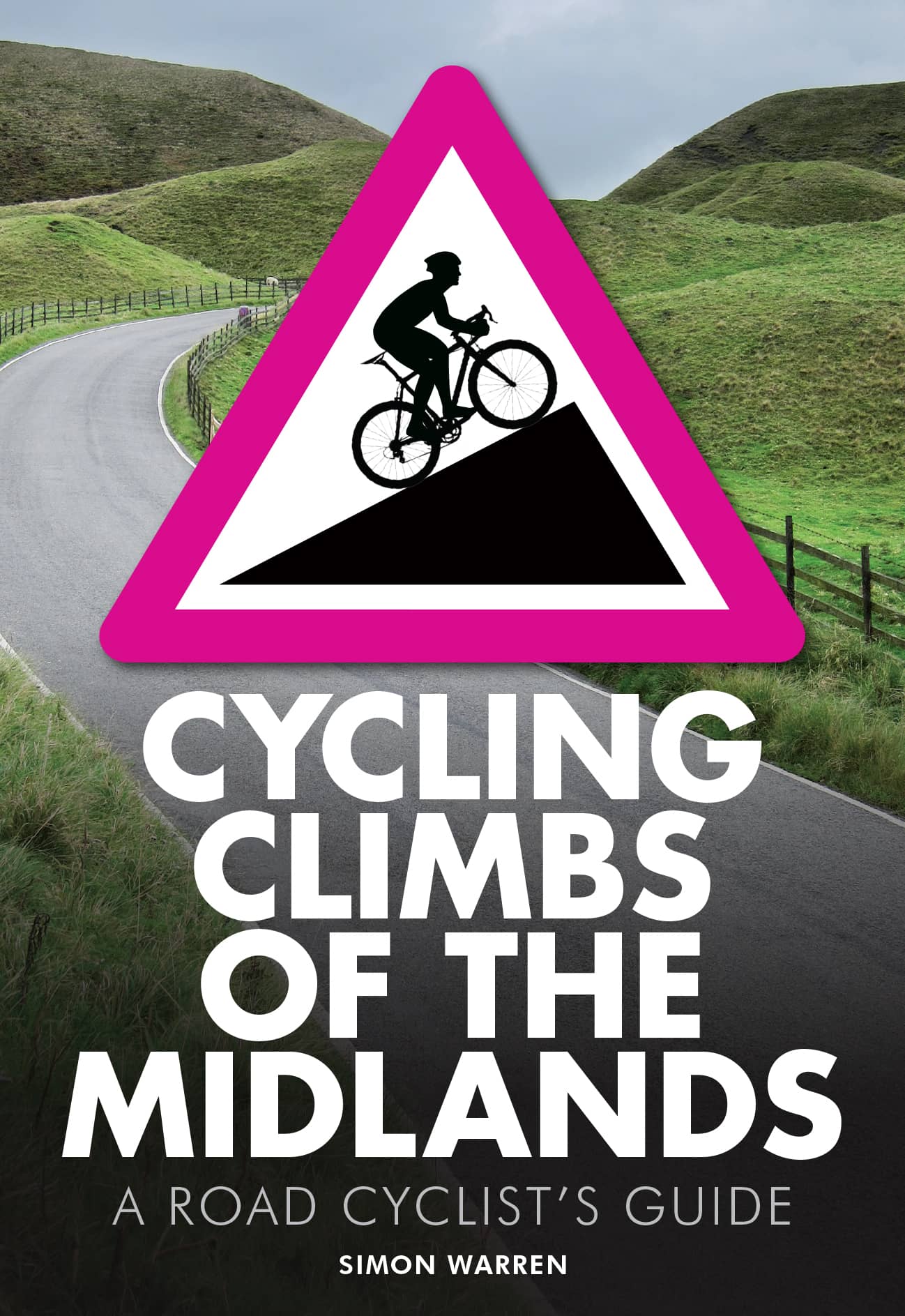CYCLING CLIMBS OF THE MIDLANDS
A ROAD CYCLISTS GUIDE
SIMON WARREN

THE MIDLANDS
B orn in Cosford, to the west of Wolverhampton, and raised just outside Newark in Nottinghamshire, the Midlands are my homeland. My formative years as a cyclist were spent either lost on the plains of Lincolnshire or being battered by winds in the Vale of Belvoir. Each road within a 50-kilometre radius of Newark holds a memory of a battle won or lost, of wheat fields in the summer sun, or punctures mended in the driving rain. As you work through the hills in the first chapter you will notice that the text is littered with autobiographical references. Apologies if they seem quite frequent, but youll know as well as I do that you form a special bond with your local roads. The lanes that test you day in day out can become your best friends, and your worst enemies.
The first chapter kicks off in the Wolds of Lincolnshire: a tiny, raised ridge conveniently placed to provide the locals with some much needed elevation. Those of you lucky enough to live in the Lake District or the Yorkshire Dales may scoff at the pitiful lumps that pass for hills in these parts. If you live east of Lincoln, though, these climbs are your mountains, and there are just enough of them to string together a pretty tough ride.
I didnt venture to the Wolds that often in my youth; most of my time was spent riding closer to home, in the Vale of Belvoir. And in particular climbing the toughest hill there: the one and only Terrace Hill. This climb was where it all began; it was the catalyst for my love of climbing, and the first place I won a bike race, so it will always have a very special place in my heart.
Chapter Two is devoted entirely to the most voluptuous county in the region, Derbyshire. Filled with legendary roads such as Mam Nick, Monsal Head, and the sensational Winnats Pass, there isnt an inch of flat to be found anywhere. Back in the 1980s my weekends away would take my friends and I from Newark to the youth hostel in Castleton on a pilgrimage to ride Winnats. Ill never forget my first ascent one cold November morning. With a sore head from the youthful excess of the night before, we rolled out of Castleton to face one of the most daunting roads in the country. On the old winter clunker with a 42x23 bottom gear, would I make it? Of course I would I was 18 years old, under 10 stone, and couldnt get enough of it!
In the summer months we would plan regular raids into Derbyshire, heading to Matlock or Bakewell to fill our legs with climbs before returning, aching, to the flat plains of home. Then in October wed go back to race up them, which is where my passion for Riber began (see ). Its an affair that may have lost some of its lustre over the years now Im no longer able to cover the race distance in less than four minutes, but it will always be one of my favourite roads.
Moving on from Derbyshire I headed into an area of the country Id rarely visited by bike, the West Midlands. There are many areas of high ground spread round the region, most obviously tracing the border with Wales from Oswestry down into Hereford. Filled with sharp ups and downs it was tough to make the final selection and I was forced to omit a few beauties in the final cut. Once Id searched round the border I next set my gaze on the Shropshire Hills where one particular climb caught my eye: the service road up to the radio masts on top of Brown Clee Hill. I checked online to make sure it could be ridden. I knew it was going to be a tough climb, but Id failed to study the gradient in detail what a big mistake. Averaging 18% for 600 metres its the single toughest stretch of straight climbing I have yet to find. Harder than Hardknott and more brutal than Bealach-Na-B not because its steeper, but because there are no bends! Im afraid to say I had to stop and walk three times; the 39x26 gear that I had at my disposal simply wasnt small enough, and my legs didnt want any of it. No climb beats me and gets away with it, though, so a couple of weeks later I returned with the best bike to get my revenge. This time I made it to the top without unclicking, but I cant deny that the thought crossed my mind. It is total and utter torment.
Before you start Id like to apologise for the lack of sunshine in the photos. It rained so much while I rode these roads that I almost grew flippers and gills. I hope you have better weather, but even if you dont youll still find seventy-five killer roads to test your legs. So get out there and Ride them all.
1:14.2
Many have tried, but all have failed. The imperious time of one minute, fourteen point two seconds has stood solid, resolute in the face of all challengers since 1981. Malcolm Elliotts record for the Monsal Hill Climb is one of the longest standing in British cycling, and at the time of publication the closest anyone has got come to beating it was in 2003 when Russell Downing posted one minute, eighteen point three seconds. First run in 1930, past winners include Tom Simpson, Darryl Webster, Granville Sydney, and both Dean and Russell Downing. Its a title all riders would love to have on their palmars, but only a few have the magic ingredients to nail it.
The current custodians of the event, the Sheffrec CC, under the leadership of Marc Etches, have turned what was already a popular race into a must-ride (and must-spectate) day on the cycling calendar. The maximum gradient is a substantial 17%, and at only 500 metres long it favours both the lightweights and the explosive sprinters. Riders who would never be classed as climbers but who have bags of raw power can destroy this course, making a mockery of gravity and taking the scalps of the mountain goats along the way.
If you choose to race you can split the hill into three distinct sectors. First is the flat bit. You launch yourself from the starting hold like a ball from a cannon and spin effortlessly, full of adrenaline, towards the base of the rise. The instant the road tips up, natures forces begin to pull you back and you begin the second part, the silence. There may be a sprinkling of spectators down here but most likely it will be just you, your laboured breathing, and your ever-quickening heartbeat. This is the toughest part of the climb and it requires immense willpower to absorb the pain and continue riding at 100%.
As the road begins to bend right, and the grassy bank on your left fills with crowds, you are now in the third and final sector, the canyon of noise. From here on theres no pain; no matter how much the lungs burn and the legs scream, the cacophony of vocal support from behind the barriers cancels it out. You can now dig deeper than you ever could in training, because each single voice is like a hook that wraps itself round your handlebars and drags you upwards. If youve ever wondered how the pros climb the mountains so fast, then here is your answer. Push that gear over those last few yards, make the abrupt kink left to cross the line, and then (with every sinew in your body about to explode) pick your way through the bustle at the top in search of air and the relief of flat land. If you love suffering and the taste of blood, and enjoy seeing your fellow man contorted with pain, then get yourself to the Monsal Hill Climb you will not be disappointed.


